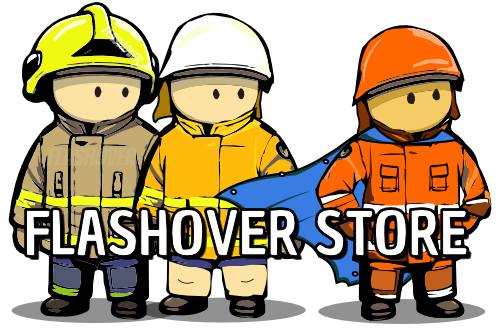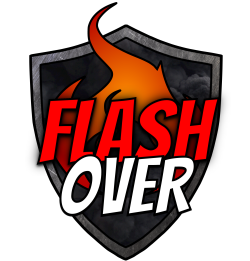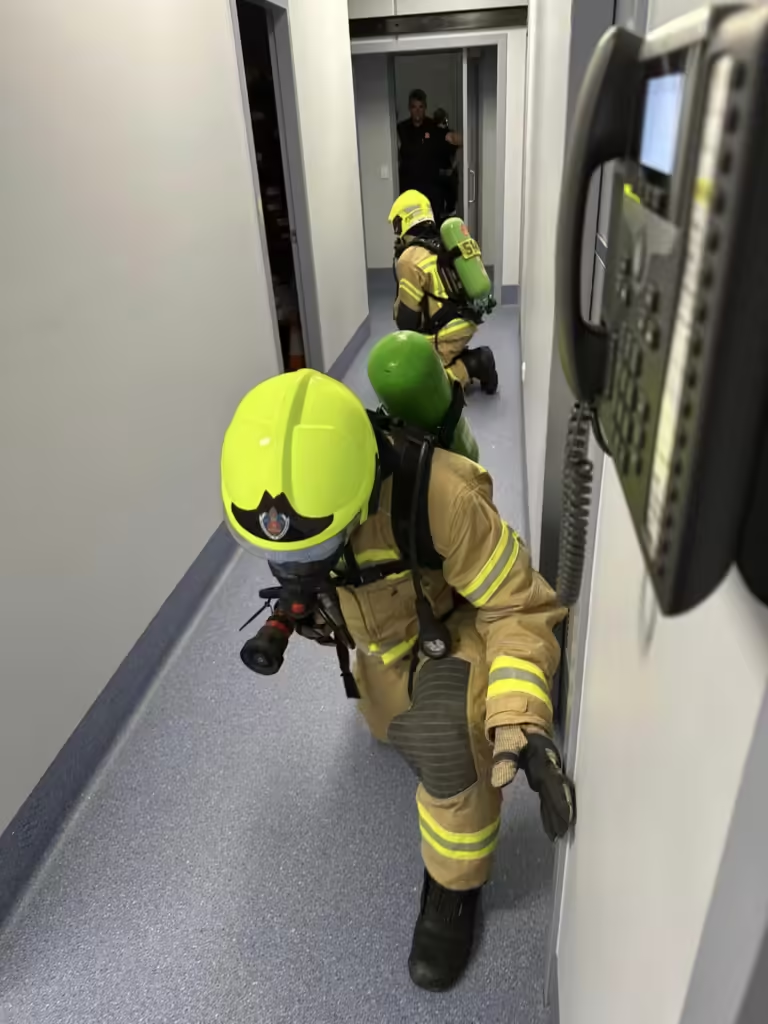| Scenario: Split Drill – IMS and Internal Fire Attack. Category: AIIMS and Structure Fire | ||
| This training scenario has been automatically assigned 2 random dynamic events to enhance the realism and unpredictability of the exercise. These events are designed to simulate real-life challenges. If you’d like to generate 2 new events, Refresh this page. | ||
| Introduction | ||
This scenario involves a comprehensive Incident Management System (IMS) drill, designed to enhance both theoretical understanding and practical skills in managing complex incidents. Firefighters will be split into two groups: one focusing on classroom-based training and the other engaging in hands-on drills. The classroom session will cover the fundamentals of IMS, including communication protocols, adherence to Standard Operating Guidelines (SOGs), and strategic decision-making. Meanwhile, the practical session will involve an offensive fire attack drill using SCBA and blacked-out masks, along with a search & rescue scenario to reinforce coordination and effective incident management. | ||
| Objective(s) | ||
To train firefighters in the principles and application of the Incident Management System, focusing on effective communication, accountability, and operational coordination through both theoretical learning and hands-on practice. | ||
| Learning Objectives | ||
Classroom Theory: Practical Hands-On Drills: | ||
| Dynamic Events | ||
Slip and Fall Resulting in Back Pain While navigating a wet unstable surface, a firefighter slips and falls, injuring their back. The team must assess the severity of the injury and safely remove the firefighter from the hazard zone. Additional team members may need to assist with lifting or carrying the injured firefighter, while ensuring the ongoing firefighting operations remain covered. Smoke Inhalation During firefighting operations a firefighter is caught off-guard without respiratory protection and begins inhaling smoke, leading to coughing, disorientation, and difficulty breathing. The crew must immediately remove the firefighter from the smoke-affected area, provide first aid (oxygen or fresh air), and call for medical assistance if needed. | ||
| Debrief | ||
Conduct a review at the end of the scenario. Discuss “What went well” and “What could be improved”. Be constructive and supportive – it’s not about blame, it’s about building people up and improving their skills. | ||

If you like this content, you can show your support by grabbing something from our merch store.
For years, we’ve been creating fun, light-hearted firefighter-themed designs that resonate with those who appreciate the humour in what we do. Whether you’re after a sticker for your car, a shirt for the station, or even a mug for the kitchen, we’ve got something for you.

